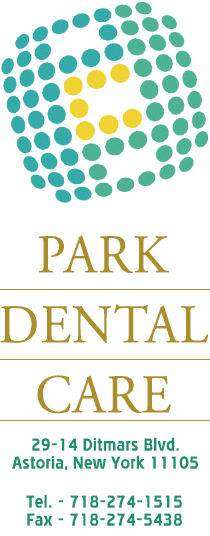Laser technology can sometimes conjure up images of a futuristic sci-fi movie, but in actuality, laser dentistry has been used by dental professionals for over a decade. Lasers are used to treat both hard tissue (teeth) and soft tissue (gums) and can assist in general, cosmetic and surgical procedures. They work by delivering light energy and can act as a cutting instrument, a soft tissue vaporizer, a curing or hardening agent, or even a heat source. The type of laser used is solely dependent of the type of procedure to be performed by your dentist or periodontist.
Laser Dentistry Types Of Procedures
Here are some of the most common uses for this advanced technology:
Hard Tissue – Laser dentistry is often used for early detection of cavities and to treat tooth decay. When having a tooth filled, it is used in place of a drill to remove the decay and prepare the tooth to be filled. It is also commonly used to “cure” or harden the filling once set into the tooth. Lasers are also frequently used to treat tooth sensitivity by sealing the dentinal tubules that have been exposed due to the loss of protective tooth enamel. This treatment has been effective in reducing sensitivity to hot or cold temperatures.
One of the most widely used procedures on hard tissue surfaces utilizing this technology is laser teeth whitening. A special whitening solution is applied to the teeth and a laser light is then used to activate the whitening agent in order to bleach the tooth’s enamel. The laser speeds up the whitening process and the in-office procedure can be performed in as little as one hour.
Soft Tissue – Laser dentistry is a valuable tool in the fight against gum disease. Your dentist may recommend this type of treatment to reshape gums and remove bacteria. Lasers can be used to reshape gum tissue to lengthen the appearance of your teeth or even to remove the frenula (muscle attachment to the gums) if it is restricting proper movement.
Oral Surgery – You will most likely be referred to an oral surgeon for more complex surgical procedures. Laser dentistry can assist in the regeneration of damaged nerves and blood vessels via low level laser therapy by producing increased amounts of the chemical responsible for energy release within cells to repair injury and relieve pain. Dental lasers can also be used to remove benign tumors, treat canker and cold sores, reduce pain and swelling caused by TMJ, and even to treat some breathing issues cause by an overgrowth of throat tissue. Most commonly, lasers are used to perform a tissue biopsy so that it can be examined for the presence of cancerous cells.
The number one reason most patients prefer laser dentistry to the use of standard dental equipment is that there is generally much less pain (often no need for anesthesia) and significantly shorter recovery times. Professionals often choose this same option if possible because lasers can minimize bleeding as they aid in coagulation and they offer less opportunity for bacterial infection to develop since they act as a sterilization agent to the affected area. Laser technology also allows tissue to regenerate and wounds to heal more quickly. Although dental lasers have made a substantial impact on available treatment options, their use is not suitable for all dental procedures. Speak to your dentist about the options that are right for you.
For more information about laser dentistry procedures, contact Park Dental Care in Queens at 718-274-1515.







